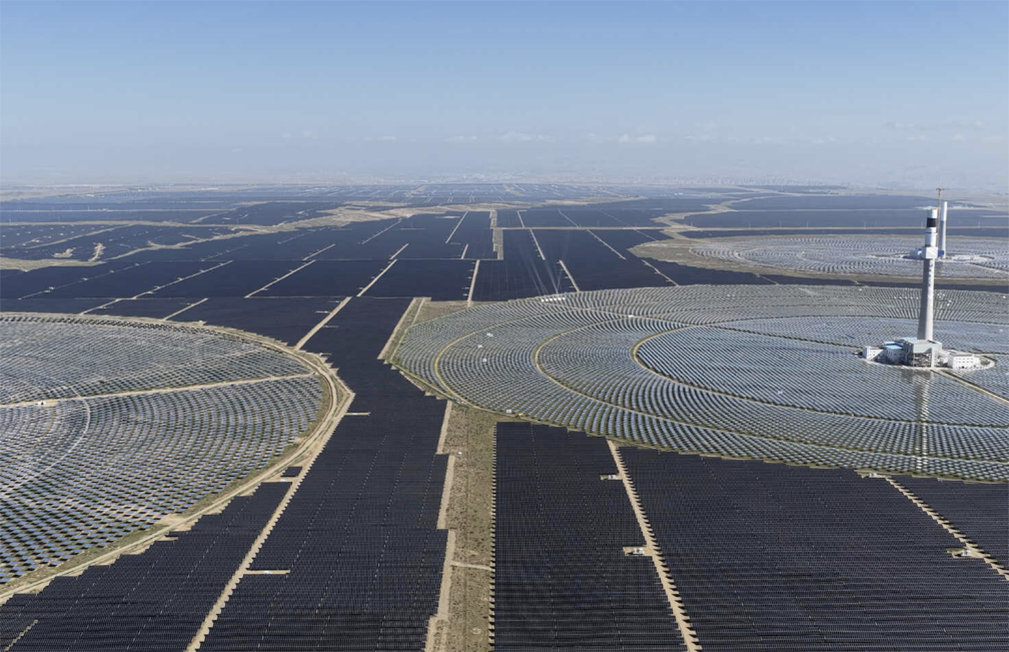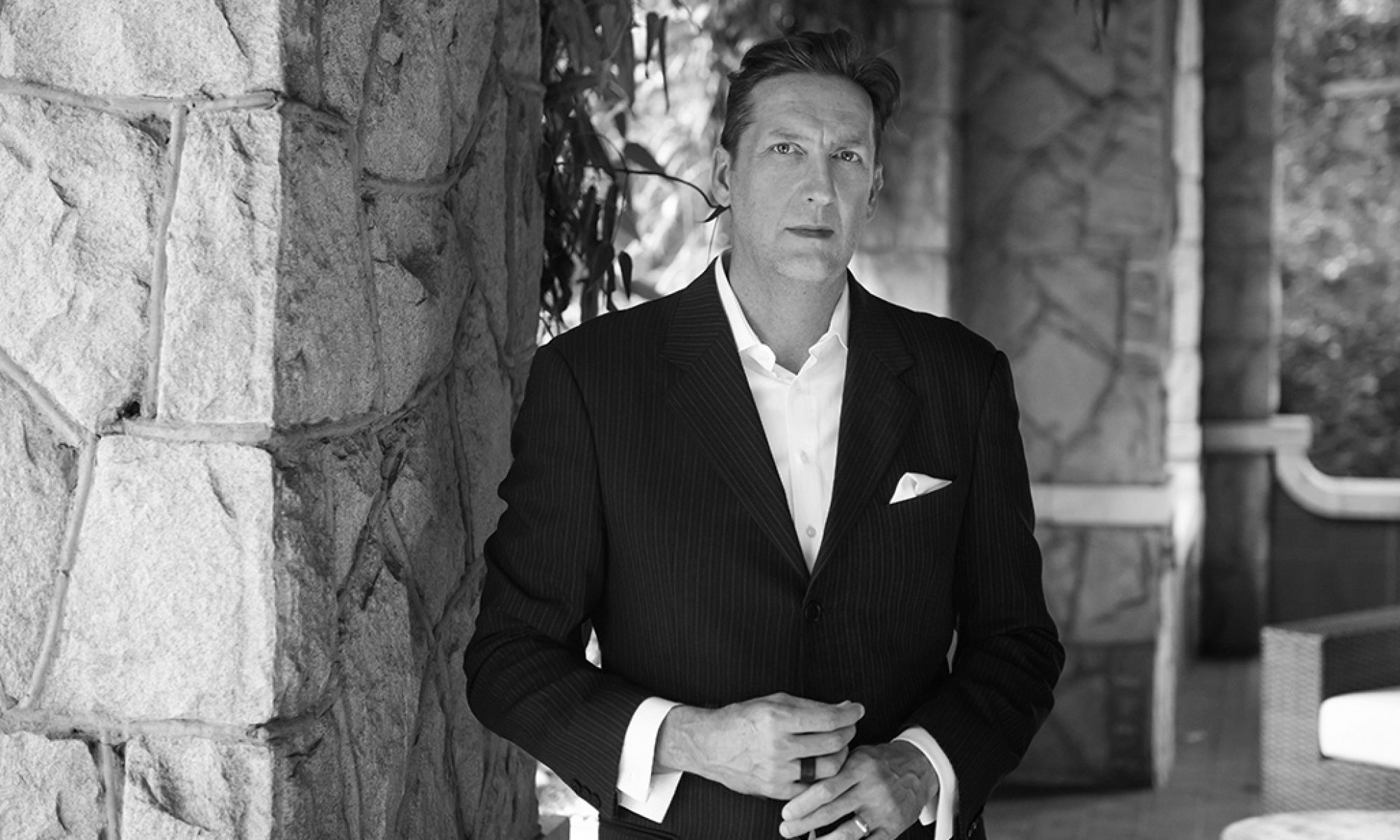
In the 2000 martial arts love story feature epic extravaganza Crouching Tiger, Hidden Dragon, the bandit/thief character Lo steals Yu Jialong’s comb during a raid, later letting her chasing him to a desert cave and across western deserts of Xinjiang where they eventually fall in love and then some. It’s great film for many other reasons that those but the point is, the film allowed us to see vast open spaces north of Tibet, in proximity to high-altitude plateau in the Qinghai region that China is now covering with renewable energy projects, and ‘covering’ is hardly a cromulent descriptor:
China’s clean energy efforts contrast with the ambitions of the United States under the Trump administration, which is using its diplomatic and economic muscle to pressure other countries to buy more American gas, oil and coal. China is investing in cheaper solar and wind technology, along with batteries and electric vehicles, with the aim of becoming the world’s supplier of renewable energy and the products that rely on it.The main group of solar farms, known as the Talatan Solar Park, dwarfs every other cluster of solar farms in the world. It covers 162 square miles in Gonghe County, an alpine desert in sparsely inhabited Qinghai, a province in western China.No other country on the planet is using high altitudes for solar, wind and hydropower on a scale as great as China’s on the Tibetan Plateau. The effort is a case study of how China has come to dominate the future of clean energy. With the help of substantial government-directed investment and planning, electricity companies are weaning the country off imported oil, natural gas and coal — a national priority.Renewable energy helps China power 30,000 miles of high-speed train routes and its growing fleet of electric cars. At the same time, cheap electricity enables China to manufacture even more solar panels, which dominate global markets and power artificial intelligence data centers.
Electricity from solar and wind power in Qinghai, which occupies the northern third of the Tibetan Plateau, costs about 40 percent less than coal-fired power. Qinghai encompasses most of a region known among Tibetans as Amdo and includes the birthplace of the current Dalai Lama, now in exile.
Times link, and I’ll only add the article is predicated on ‘why’ China is doing this. And I do wonder why regarding a couple of things, but not that.
Image: NYT video
